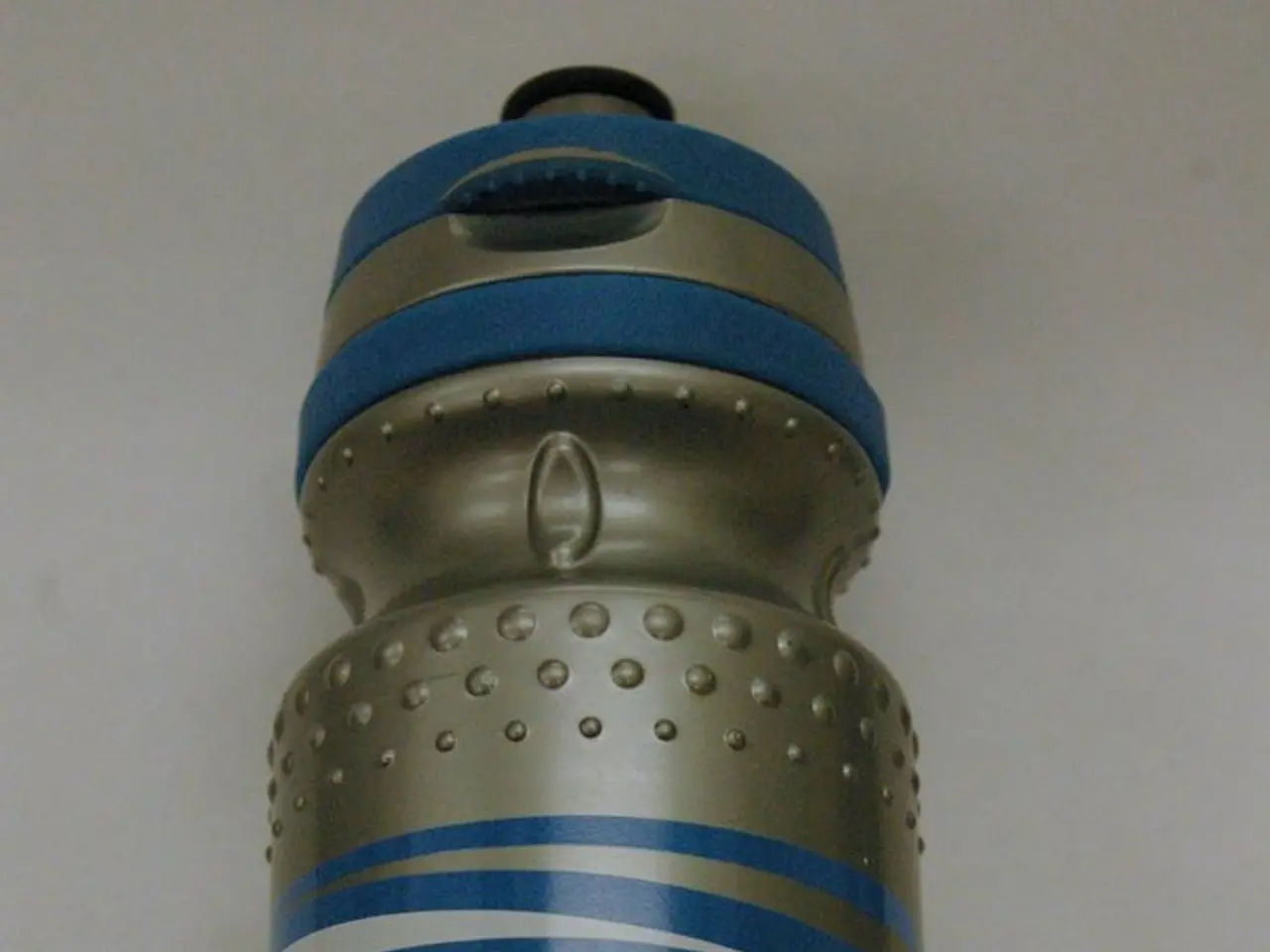TU Dresden's OncoRay Center Enhances Proton Therapy Safety for Brain Tumors
Researchers at TU Dresden's OncoRay center, led by Professor Esther Troost, have made significant strides in enhancing the safety of proton therapy for brain tumors. Their innovative planning methods can substantially reduce side effect risks.
Proton therapy, known for its precision and tissue-sparing nature, has varying biological effectiveness depending on tissue type and tumor location. A study of 105 patients revealed that the risk of side effects was significantly underestimated in about one-third of cases when using a fixed biological effectiveness value.
To address this, the OncoRay team developed methods to better assess and reduce side effect risks. They found that radiation-induced changes in healthy brain tissue can be better predicted using a variable biological effectiveness. The risk was particularly high when the tumor was close to sensitive organs. Two innovative approaches were tested, reducing the risk in the most affected organs by around 30% while maintaining the therapeutic effect.
The team also created a predictive model to assess if extended biological planning would be beneficial for specific patients. Their work has been recognized by the European Society for Radiotherapy and Oncology, awarding them the Best Paper Award in the Physics category.
The OncoRay team's research demonstrates that considering variable biological effectiveness in proton therapy can make therapies safer and more personalized. By optimizing radiation planning, they have significantly reduced the risk of side effects, particularly for patients with tumors near sensitive organs. This advancement paves the way for improved patient outcomes and quality of life.
Read also:
- Recommendations propose stricter controls on MMRV immunizations, as suggested by Kennedy's advisory group
- Mourning a Mother's Death: Strategies for Daughters to Find Comfort
- Distinguishing between a cold and allergies is crucial for providing relief to your children's respiratory issues
- Carpometacarpal joint osteoarthritis: Characteristics, origins, remedies








